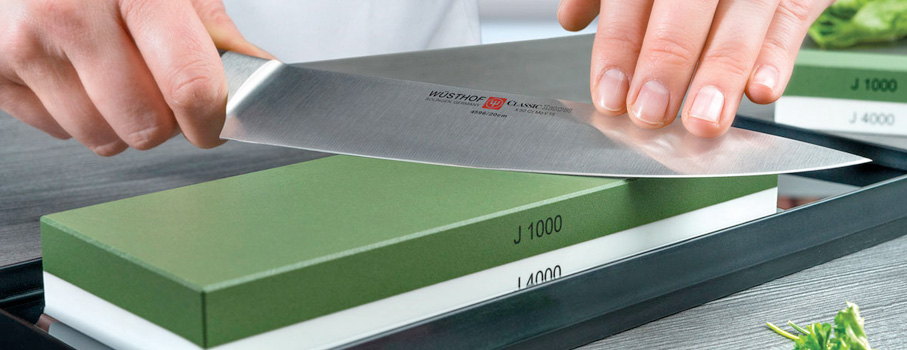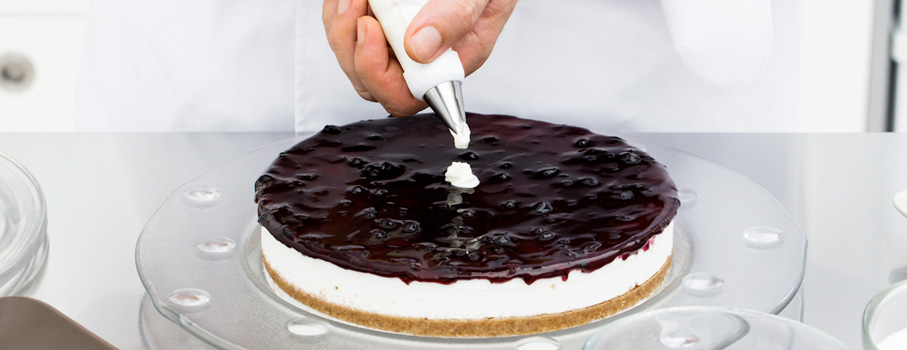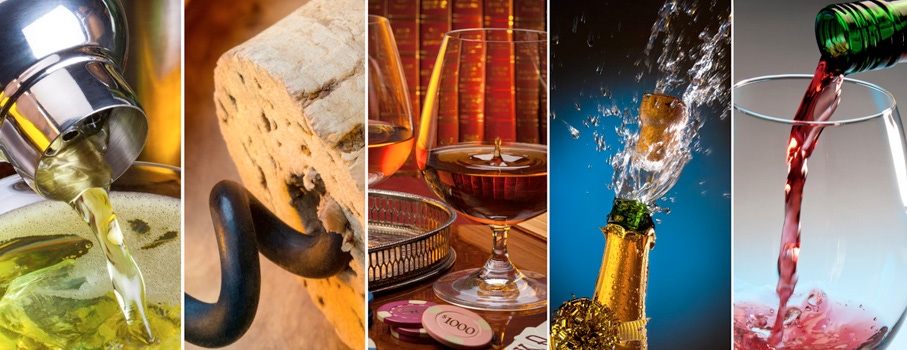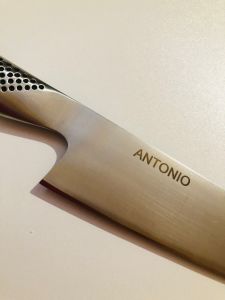Language
WORLDWIDE SHIPPING
Re-Opening Set: Set No. 10 knives and sharpener for opening or reopening the kitchen
€465.84
€381.84
Availability:
In stock
We know that the time to set up your kitchen, after the winter closure and the reopening of the season or for a new opening, is always precious. Having the right tools is essential to work in the best way all the foods you are going to cook.
With this Kit you will receive:
• n. 10 kitchen knives Tecna Series by Sanelli Ambrogio
• n. 1 Easy Edge sharpener by Wusthof
Not only will you be able to have all the knives useful for processing the different cooking batches: meat, fish, vegetables, fruit, but you will also be able to keep the sharpness of your knives constant throughout the working season, having knives that are always sharp thanks to the Easy Edge sharpener by Wusthof.
The set includes the Tecna Series knives by Sanelli Ambrogio, blades in stainless steel with chromium, molybdenum and vanadium X50CrMoV15. The handle is made of an internal core of rigid and non-deformable plastic material, joined with maximum safety to the steel tang, and a softer external coating of thermoplastic rubber. The surface in contact with the hand is covered with microspheres that allow exceptional comfort and incredible anti-slip properties.
In detail:
• Vegetable knife (7 cm blade, green handle): ideal for small cuts and precision work on vegetables and fruit. (TT91.007G)
• Paring knife (11 cm blade, green handle): perfect for peeling, finishing and decorating with extreme precision. (TT82.011G)
• Multi-purpose knife with serrated blade (14 cm blade, green handle): excellent for bread, tomatoes and foods with a resistant crust or peel. (TT90.014G)
• Narrow boning knife (16 cm blade, red handle): specifically for separating meat from the bone with ease. (TD07.016R)
• Flexible Filleting Knife (18 cm Blade, Blue Handle): The thin, flexible blade ensures precise filleting of delicate fish and meat. (TC51.018L)
• Santoku Knife with Hollow Blade (18 cm Blade, Green Handle): The ideal choice for slicing, chopping and mincing; the hollows prevent food from sticking to the blade. (TC50.018G)
• French Knife (18 cm Blade, Red Handle): Versatile and balanced, suitable for cutting meat. (TM09.018R)
• Slicing Knife (20 cm Blade, Red Handle): For chopping or slicing raw or cooked meat. (TM10.020R)
• Salmon Knife with Hollow Blade (32 cm, Blue Handle): Designed for precise cutting of salmon and other smoked or raw fish. (TA56.032L)
• Chef's carving knife (28 cm, green handle) - Powerful and precise, perfect for large cuts and important work. (TC49 028 G)
With the knives you will have the Wusthof Easy Edge electric belt knife sharpener. Equipped with 4 flexible abrasive belts, you can achieve perfect sharpening of your European-cut knives, even on knives with very damaged edges.
No manual skill on the part of the user, thanks to the integrated PEtec guides, which make it easy to control the cut in the various sharpening phases.
Three sharpening levels, thanks to the three speeds of the machine, allow the restoration of:
- damaged blades
- dull blades
- fine sharpening
An automatic extraction of the sharpening dust, allows good management of the machine.
Intelligent control of the sharpening program thanks to the "One Touch" program.
The PEtec blade guides are replaceable and can be inserted guides for sharpening Asian knives with a cutting angle of 15-16°.
4 stable non-slip rubber feet ensure stable use of the knife sharpener.
Weight: 660 g.
Dimensions: 175 x 110 x 125 mm.
Power supply: 230 V (European standard plug type C, cable length: 150 cm).
FAQs

 IT
IT FR
FR









 IT
IT FR
FR

